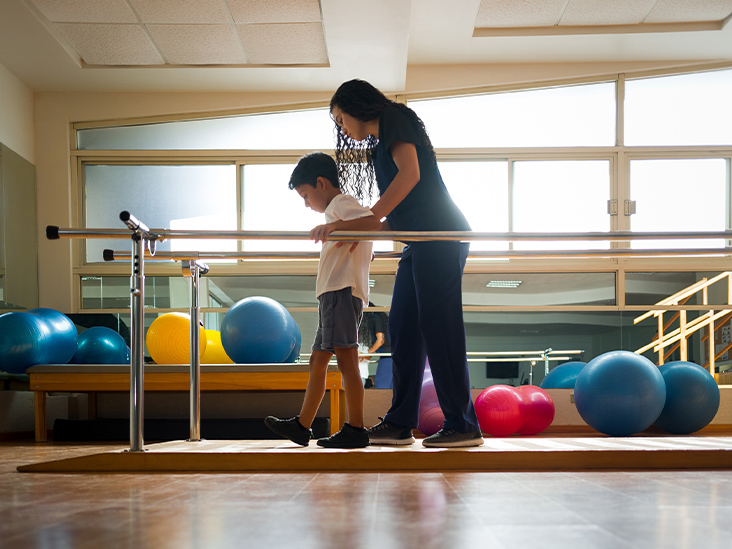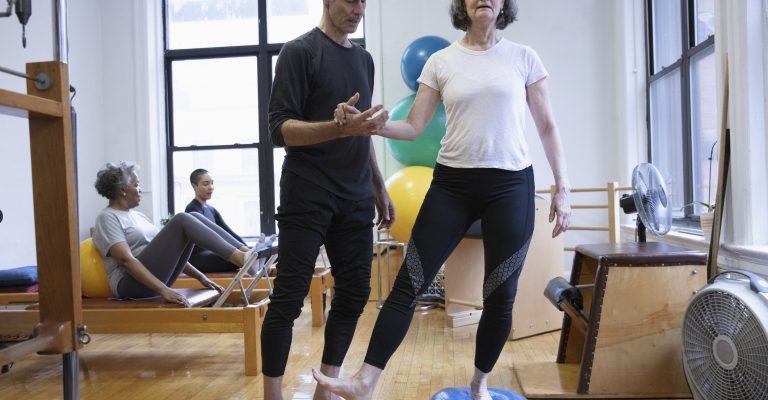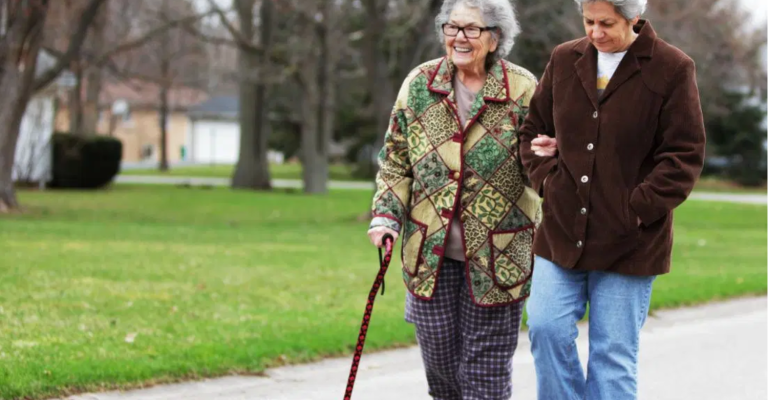
Welcome to the Topic “Ataxia rehabilitation ”
Ataxia is a medical condition that results in involuntary muscle movement due to poor motor coordination. Contrary to popular belief, it is not a disease, so it is essential to understand where the condition originates before any further steps can be taken after the initial diagnosis. Ataxia is usually a part of a more extensive presenting complaint, other components of the patient’s medical condition must be investigated before further actions.
The condition generally has a slow prognosis, but a more severe and rapid onset is also possible. The latter is particularly probable if the condition is a result of infection or hemorrhage. Both these things can speed up the progression of ataxia and prove to be disastrous for the patient.
Ataxia is characterized by impaired coordination and subsequent issues in muscle movement. Furthermore, the condition usually impacts any of the following: spinal cord, brain stem, cerebellum, basal ganglia, and some additional parts. Therefore, the most common symptoms include unsteady walking, errors in balancing and rhythm, tremors in the body, and skewed perception. Additionally, patients with ataxia may also suffer from slurred speech, issues with eating, and even heart problems, although the latter is not that common.
Although there is no cure for ataxia, rehabilitation therapies still exist. The primary goal of these therapies and treatments is to improve the patient’s quality of life after the diagnosis. There are many types of ataxia, and different patients may struggle with distinguished symptoms. Hence, creating a treatment plan for ataxia and beginning rehabilitation is a highly personal process for the patient.
Before embarking on any treatment plan or rehabilitation program, consulting a health professional that is well-versed with the patient’s condition is of utmost importance – if the condition is comorbid with other diseases, some exercises or therapies may not be applicable. That said, all health professionals apply some standard treatment options to be used in addition to medicines.

One of the goals of rehabilitation for patients with ataxia is to help them stay active for as long as possible. Involuntary muscle movements take a toll on physical health and mental exhaustion, so physiotherapy comprises an essential part of rehabilitation for ataxia patients. There are two main ways physiotherapy can help such patients.
Firstly, the physiotherapist may aid the patient by introducing them to devices and strategies to help their movements while controlling their involuntary actions. While this will limit patients’ freedom, it also makes it much easier for them to move appropriately. This approach is beneficial for patients that experience severe tremors. On the other hand, the physiotherapist may focus on the underlying damage to the cerebellum and spinal cord. Both these approaches aim to help patients regain their balance and rhythm to improve the most basic functions such as walking and perceiving.
Similar to physiotherapy, patients with ataxia may have to be engaged in strength and flexibility training. While physiotherapy may generally be focused on balance, rhythm, and fall prevention, strength training may be more specialized towards the constant use and energy within the muscles. Tremors and instability may significantly affect a patient’s strength; perhaps they were never that strong, to begin with. Therefore, strength training becomes a crucial part of rehabilitation – without this foundational strength training, there would be no point in other treatments. Here, the rehabilitation may involve yoga and pilates, both of which build strength, flexibility, and balance within an individual.
Ataxia does not only prevail in adults but children may be affected by it too. Treatments for children require a different approach, one that aids them in rehabilitation, holds their attention, and entertains them. In this case, video game-based training is common for children struggling with ataxia. Although a somewhat newer development for ataxia rehabilitation, whole body videogames are being increasingly integrated into treatments for such patients. These video games involve intensive training for muscle coordination – done right, it can be an extremely effective treatment for children with ataxia.

When it comes to ataxia, one of the things patients struggle most with is molding the environment according to their condition. Depending on the stage of the medical condition, patients with ataxia may require wheelchairs or other devices to aid their movement. Knowing how to use these devices becomes an indispensable part of rehabilitation. These patients must learn how to use these aids in the correct way. Although it might not be common knowledge, the wrong usage of wheelchairs may contribute to postural support and, consequently, to issues with balance and stability. Providing patients with ataxia with the skills and knowledge they need to move independently is an essential task for the medical team.
As mentioned earlier, one of the most apparent symptoms of ataxia is trouble with walking. This is due to instability and balance issues resulting from perception distortions. Learning to walk can be quite the task, particularly for adults, who are more prone to getting injured when falling. While the patients may use other devices to aid them in their gait, treadmill training is being increasingly used for rehabilitation for ataxia patients. Consistent treadmill training is extremely beneficial for ataxia caused by brain injuries. However, it must be noted that professionals must combine this type of training with the training over the still ground.
A form of treatment that is becoming more and more popular in rehabilitation for various injuries is hydrotherapy. Hydrotherapy involves a host of activities that use water to aid a patient’s healing and recovery. People with ataxia are encouraged to exercise in whatever way they can. If patients struggle with regular exercises, it might be beneficial to introduce them to hydrotherapy, which usually involves movement and activities within a pool. The water provides a degree of freedom to the patients that may not be accessible on land. However, it is essential to keep in mind that these patients may need extra care, are at a higher risk in a body of water than others, and require a watchful eye.
Have any questions regarding the topic “Ataxia rehabilitation “ feel free to comment below.
Also Read: Spinal cord injury rehabilitation